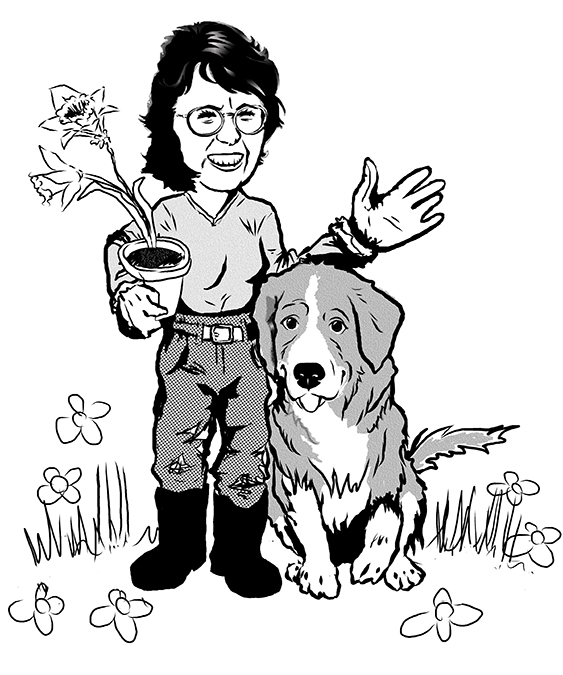Green Sprout School Garden – Vision Statement and Goals
Vision Statement:
The students will learn how to nurture and sustain a variety of plants (vegetables, fruits, native, herbs, etc) within a garden environment. The Green Sprouts School Garden Program will teach them the principles of organic horticulture and provide them with an understanding of why we should grow at least some of the food we eat. This will be accomplished through both hands-on learning in the garden setting as well as through lessons delivered in the classroom.
Through these lessons the students will learn about the importance of biodiversity and the nurturing of food security through seed saving. We are losing many of the heritage varieties of fruits and vegetables through hybridization breeding programs, seed company take-overs, mono-culture farming practices and a general lack of enough gardeners with the desire to keep these strains going.
Optimally, the students will gain an awareness of the influences and the consequences of our actions. What we do always has an impact and through working in their school garden, the students will gain an understanding of the broader impact on the natural world.
Goals:
1. To introduce the students to the wonderful world of horticulture
2. Teach the students the importance of growing food for healthy living
3. Provide the students with an understanding of the relationship between plants, soil, insects and weather
4. Teach the students the importance of biodiversity
5. Teach the students the importance of nurturing food security
6. Lead the students toward a comprehension of the interactions between the fundamental elements of a
sustainable ecosystem
7. Ensure the learning process throughout the Green Sprouts School Garden Program is a fun and unique
experience
8. Develop the Green Sprouts School Garden Program so it will become an integral part of the education
program throughout the years for generations of students to come
Green Sprout School Garden – Introduction
There is a shift in society today. Gone are the victory gardens of the war years which were so important in meeting the nutritional needs for the basic family unit. We are now living in a highly technical era. The result has been a promotion towards a dining regime of over-processed meals with surplus calories specifically designed to cater to the frantic pace at which we now run our lives.
Nowadays, we are largely disconnected from agriculture. As a result, many have a poor or limited understanding of how to grow food that meets proper nutritional standards. More alarmingly, we are distancing ourselves from the natural world. So intent are we in reaching further into the future of technology we are losing sight of its impact on our environment. We are forgetting actions have consequences beyond our immediate boundaries.
It is time to reach back and rekindle our connection to growing food, eating healthy and taking stewardship for our natural world. And where better to start than with our children in a school garden that is a reflection of the successful victory gardens of our ancestors.
Leading the children into the school garden is the first step towards finding solutions to the complex problems that are looming on our environmental horizon. In fact, putting them in the garden right now and opening their eyes to its life cycle will help the children to recognize problems which are already present in the natural world. By teaching them how to feed themselves and tend for a garden we are pointing them forward in a direction which has far-reaching potential…not to mention untold benefits.
Contarinia quinquenotata (hemerocallis gall midge)
Now For Something Light….
by Leslie Cox; Friday, November 24, 2012
I have been immersed in the subject of GMOs lately and am now quite depressed. It is probably heightened by the dismal grey days of autumn added to the rivers of rain coursing down the windows and the roar of the wind threatening to lift the roof off the house during the last storm.
But yesterday and today there is sunshine and the weatherman is forecasting sun for tomorrow too here in the Comox Valley. Sun always helps lift my spirits.
Seeds For Tomorrow – Where Are They Going?
by Leslie Cox; Friday, November 23, 2012
I am worried about our seeds. The seeds we buy from seed companies. All is not perhaps as it appears at face value anymore.
Since the introduction of GM (genetically modified) crops in the 1980s there has been an intense interest by a few corporations to gain global control of agriculture…and ultimately control over the world’s food supply.



